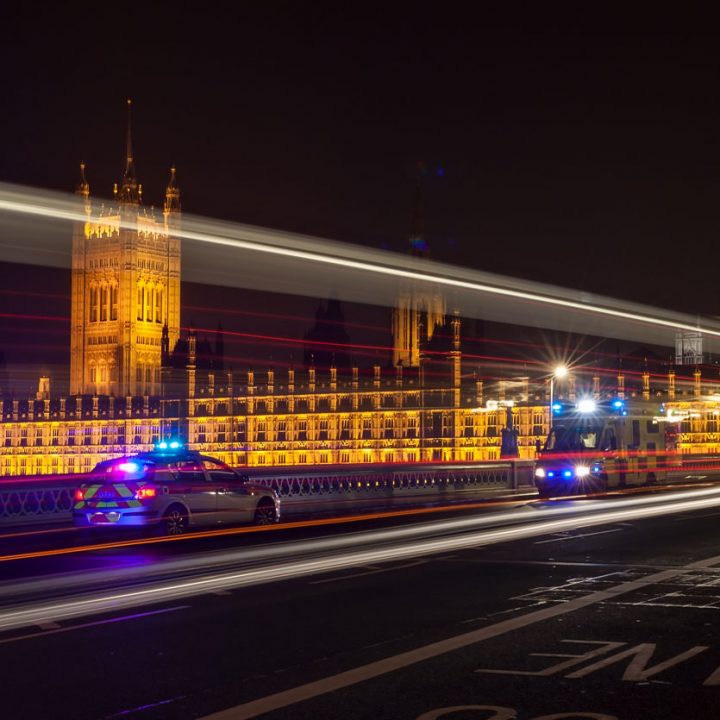
What does the energy crisis mean for public spaces?
While the new, non-domestic energy price cap will apply to public sector organisations, the rising energy prices individual citizens and households face, and resulting impact on costs of living, are bound to have flow-on effects that touch many parts of public life.
As bills rise, and behaviours shift to accommodate them, it’s likely the way people interact with public spaces, from libraries to hospitals, will change too.
The search for comforts beyond home
When bills spike, the natural reaction for us all, is of course to drop usage. So where do we go to stay warm? Citizens may be looking to get out of the home more and more, to seek warm spaces as winter charges on. There are reports (1) that we will see more and more people spending a day at the library, for instance. And this behaviour could extend to schools and other public education buildings as people lean on facilities likely to keep the lights, and heaters on for those in need.
The burden of rising costs is being felt beyond the home, too. As hospitality and entertainment businesses come off an undeniably shaky pandemic period, increased operating costs will now be a sharp sting. In fact, it has been suggested that we could see a continued trend of venue closures, as these business are “facing average annual bill increases in the region of at least 300 per cent.”(2) As venues are forced to hike prices, or close entirely, this may again increase the usage of public spots for meeting and socialising.
More lengthy, sustained visits and major traffic spikes may mean a need to revise and improve facilities to accommodate. From toilets to cleaning staff and protocols, changes will need to be made to public spaces. Along with a revised understanding of the risks presented by an increase in visitor numbers and longer times spent in these spaces.
The public health burden rises too
Another, perhaps obvious area that will see a rise in demand, is our public health spaces– doctor’s practices, care homes and, of course, hospitals. As households adapt life to deal with bill-strain, the need for medical assistance is likely to rise as people try to get by with inadequate heating (or see hospital stays as a way to find much-needed warmth).
It has been suggested that there is a very real risk of public health emergency as vulnerable citizens face unaffordable energy costs (3), and the demand on these health spaces is a flow-on impact we are now having to prepare for.
Our public spaces may need the best advice
The word ‘crisis’ isn’t one doled out lightly. It is clear, as time goes on, that we are going to see more and more flow-on impacts of the energy costs-spike on public life, above and beyond hits to household budgets.
As our public spaces can have such a strong impact on our communities and the lives of our citizens, it could be more crucial than ever that they receive expert assistance from the insurance industry to assess increases in risks they may be facing now, or in the near future.
Published date: 6 October 2022
Disclaimer
This article and related document links do not purport to be comprehensive or to give legal advice. While every effort has been made to ensure accuracy, Risk Management Partners cannot be held liable for any errors, omissions or inaccuracies contained within the article and related document links.
Readers should not act upon (or refrain from acting upon) information in this article and related document links without first taking further specialist or professional advice.
Disclosure
Risk Management Partners Limited is authorised and regulated by the Financial Conduct Authority. Registered office: The Walbrook Building, 25 Walbrook, London EC4N 8AW. Registered in England and Wales. Company no. 2989025
Sources
- https://www.theguardian.com/business/2022/aug/20/libraries-and-museums-to-be-warm-havens-for-people-struggling-with-energy-bills
- https://www.nme.com/news/music/energy-crisis-music-venues-closure-more-than-covid-ticket-price-increase-3294134
- https://www.nhsconfed.org/long-reads/could-energy-crisis-cause-public-health-emergency
LATEST ARTICLES
Related Articles
Making the 2020s about long-term partnerships between insurers and local authorities
The decade about long-term partnerships
Better collaboration for better infrastructure in the 20’s
The last 25 years have seen the completion of some spectacular infrastructure projects, what does the next decade hold?
Anytime, anyplace, anywhere: The transformation of working habits
Managing wellbeing and mental health is critical for the education system where the provision of support services has often been lacking.
Is sustainable construction possible?
UK housing trends have seen significant shifts during the past quarter of a century, a period which has seen the average house price escalate by more than 400%.
Sign up to receive the latest from RMP
For information on how we use your personal data please refer to our UK Privacy Notice | EEA Privacy Notice.









